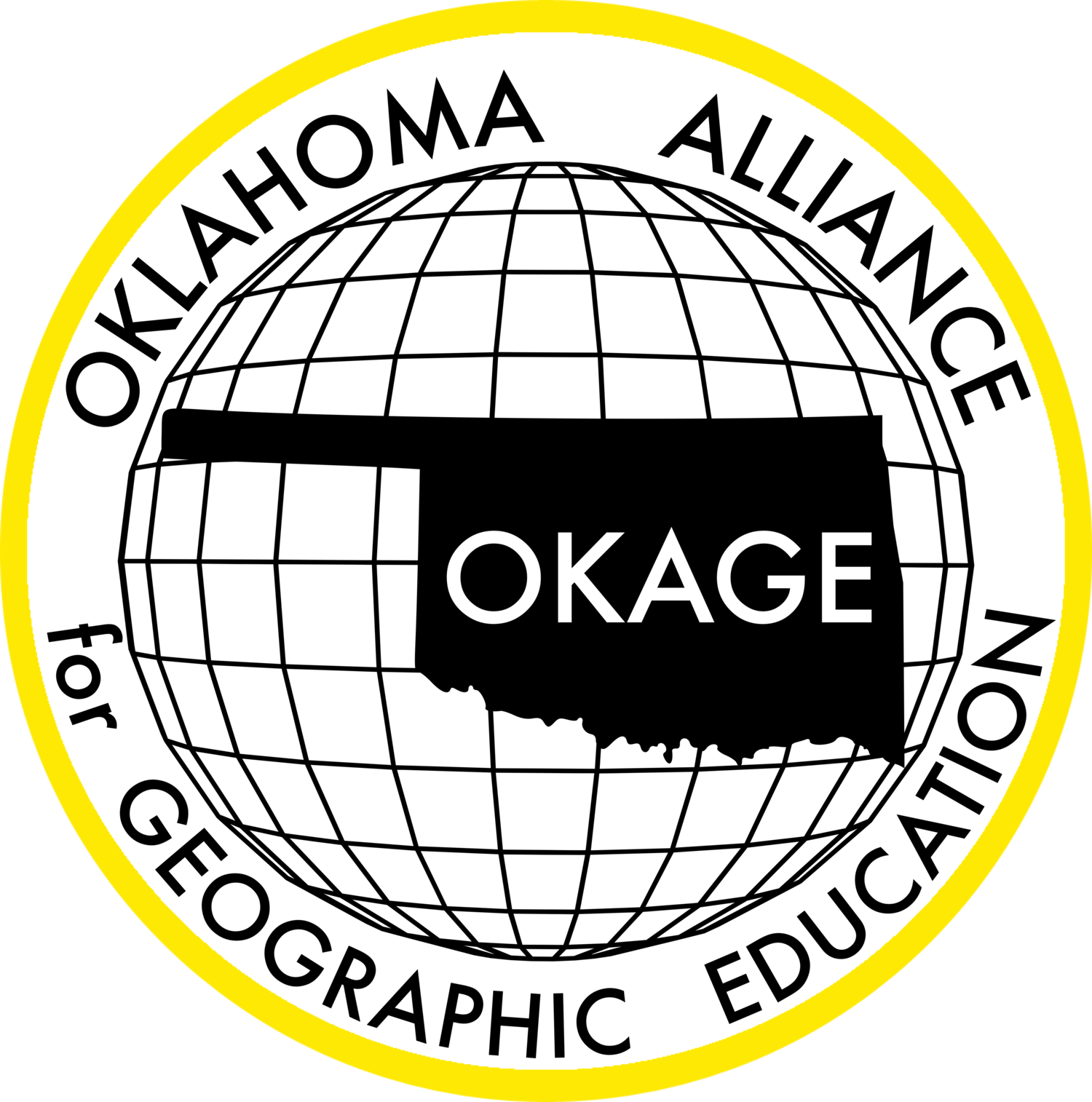Description: This lesson is designed to use the Giant Traveling Map of Asia to help students contextualize effects of light pollution in current events and upon migratory birds. These lesson materials are developed in support of OKAGE’s Geo-Inquiry project efforts.
Grade level(s): Elementary, Middle School, High School
Standards: OAS, GFL
Produced By: Grace Gierach





















